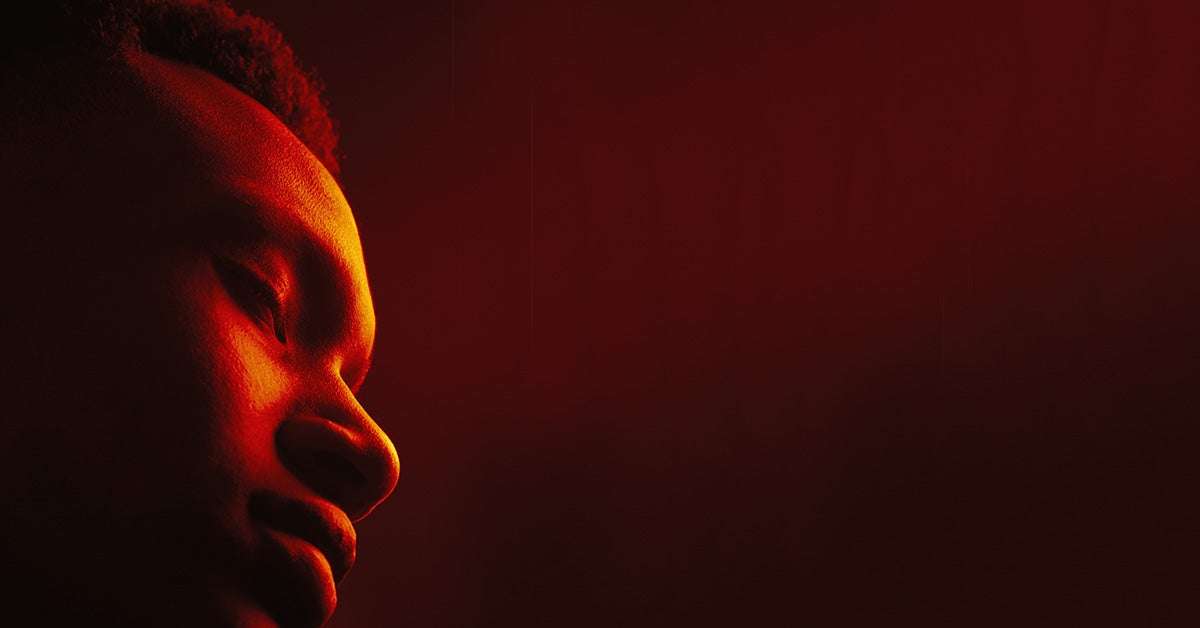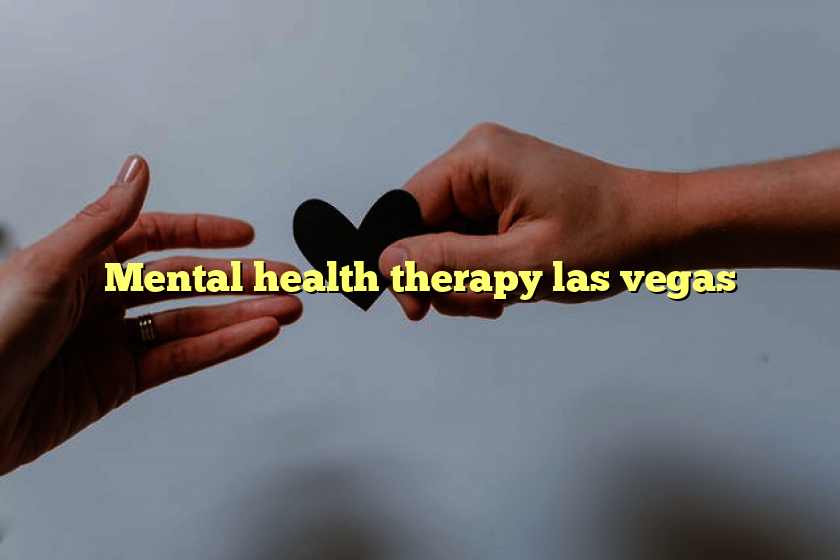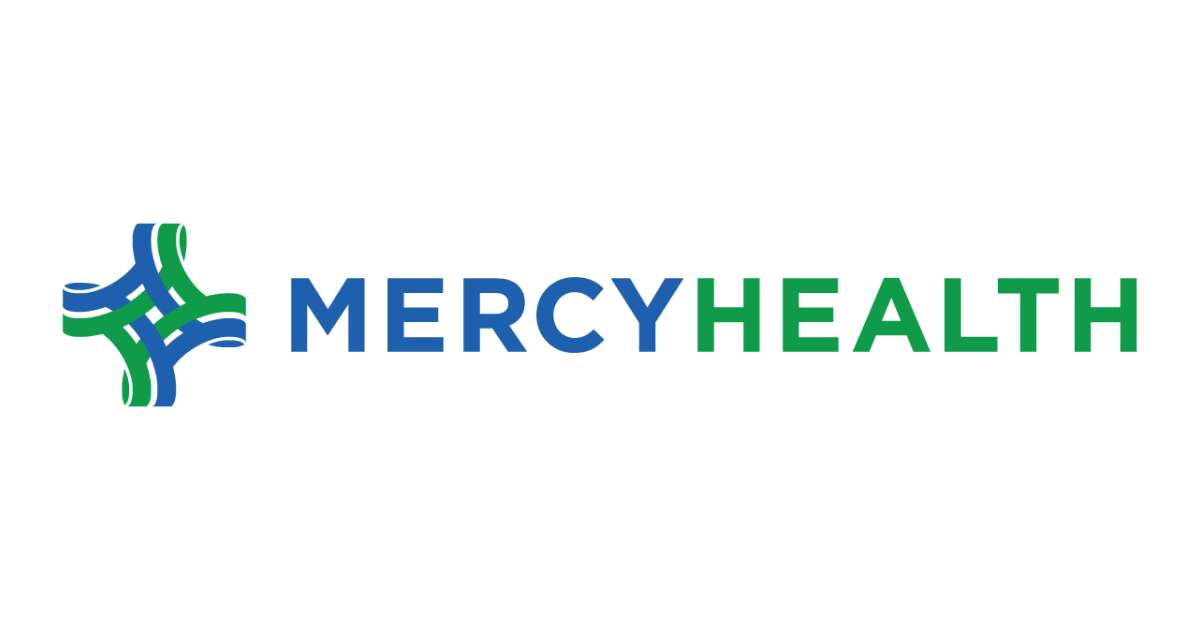
Index
If you’re experiencing depression, mood disorders, and excessive anxiety, you can’t enjoy life to its fullest. Everything seems meaningless and you’re less likely to value anything around you. The dark winter months don’t make matters any easier.
The right treatment can bring you out of these problems. Light therapy is one of the safest modes to treat various types of depression and conditions that are associated with fatigue, anxiety, depression, SAD, and general well-being.
How light impacts your mental health
Light plays so many important roles in the human body and it is vital to our well-being. Everyone needs natural light for our body to be healthy and function properly. Light is as essential to the human body as food and water, yet humans are now indoors more often than ever. In fact, the most dominate element of nature that is always overlooked in the modern health paradigm is – light.
Some of the biggest protagonists in the chronic disease epidemic are blue light exposure (over stimulating) at night and lack of natural light in our daily life.
Why use red light therapy?
When we don’t get adequate natural light, it affects every cell and process within our body. Humans were made to use sunlight for optimal health. Healthy light is essential to every cell’s function, and a lack of light can lead to chronic disease and illness.
Lack of sunlight has been known to cause anxiety and depression because not enough sunshine depletes brain serotonin and dopamine levels, and those low levels can lead to disabling mood conditions. Staying indoors for extended periods affects mental well-being. In addition to clinical depression and anxiety, low levels of Serotonin are also associated with depressive disorders like seasonal affective disorder (SAD), a type of mood disorder influenced by the changing daylight hours.
Red light therapy can specifically:
- Increase sluggish energy levels
- Support a balanced mood
- Improve mental clarity and confidence
- Improve general positivity, calm, and reduce anxiety
- Reduce seasonal depression (SAD)
While red light therapy devices can have these benefits, it should never replace working with a mental health professional or other treatments for anxiety, depression, or the like.
Using red light therapy for Seasonal Affective Disorder (SAD)
Seasonal affective disorder is a type of depression that affects approximately 5% of all Americans. Those especially susceptible to seasonal affective disorder, living areas of the country that do not see much natural light during winter months.

You’ve probably heard about “SAD lamps” that mimic the sun with bright, artificial light. These can really brighten a dark space and make it seem like there’s more natural light in your day, but ultimately this is still a hefty dose of blue light, which can throw off your circadian rhythm and cause fatigue and even damage to your delicate eye structures.
Clinical research, in its initial phases, shows that red light has the ability to become a widely used, and safe treatment for clinical forms of depression.
Using red light therapy for depression
Mental health disease such as depression anxiety and bipolar disorder are taking a toll on today’s society. Red light therapy has extraordinary potential in mental health disorders. In a major mental health study conducted in 2018, researchers unanimously concluded that light therapy demonstrated antidepressant properties. These antidepressant properties had a medium to large effect size in patients with major depressive disorder.
In another recent review of all existing studies on red and near-infrared light therapy and depression/anxiety disorders, researchers found that these light therapies offer a “promising treatment” for major depressive disorder, suicidal ideation, anxiety, and traumatic brain injury.
How to use red light therapy?
Red light therapy is safe and easy to use for people of all ages. Remember, you will not sweat or feel heat. All you have to do is bask under the light and let the therapeutic red and near-infrared light do all the work for you. The red and near-infrared light will work with your body to reduce pain.
No prescriptions. No medications. No injections. No surgery. Just safe, natural wavelengths of effective, proven light energy.
Light therapy also starts working faster than most other forms of treatment for mental health problems. As noted above, some people report enhanced mood and generally feeling better after just one to a few sessions, with maximal results usually attained after several weeks of consistent use.

Conclusion
Light is all around us, but most of us don’t really think about it on a day to day basis. We may even take for granted how much light fuels our basic needs and functions. There’s no shortage of reasons why natural light is integral to our health and not getting enough of it can lead to serious health consequences. Using a premium light therapy device from Vital Red Light is an easy way to get a healthy dose of natural light anytime, anywhere
With a red light therapy device from a reputable red light therapy company, you can get more real, natural light in your own home, even when it gets dark before the workday ends. With a quality device, you can get a full day’s worth of natural light in just 10-15 minutes, no matter what the weather is like. Because red light therapy is so easy to use and low to no risk, red light therapy is likely to become a mainstream seasonal depression treatment in the coming years. Forward-thinking physicians agree and are already using natural light to treat depression.
Anyone starting light therapy should monitor how their moods and emotions are impacted and consult their doctor and/or therapist with any concerns or questions.
Citations
[1] https://www.ncbi.nlm.nih.gov/pubmed/26989758
[2] https://pubmed.ncbi.nlm.nih.gov/15025051/
[3] https://pubmed.ncbi.nlm.nih.gov/10739143/
From skin conditions to seasonal depression, many people are claiming red light therapy can help treat a number of ailments, but is it really effective?

Share on Pinterest
Red light therapy reportedly alters the way your cells produce energy and antioxidants. Getty Images
Behold — the power of light to cure literally whatever ails you — from sore muscles to itchy, dry skin and (maybe) even your winter blues.
It may sound like science fiction, but it’s a real treatment that’s been steadily growing in popularity: red light therapy.
And based on its intriguing “What the…?” factor, it’s only a matter of time before it shows up on Gwyneth Paltrow’s Instagram story.
Here’s everything you need to know about red light therapy before you try it.
Different than daylight
Red light therapy, which is also known by the less-catchy names of photobiomodulation and low-level laser therapy (LLLT), releases light waves in the red and infrared spectrum.
Unlike ultraviolet rays from the sun which damage the DNA of skin cells, “light emitted in this spectrum is perfectly safe,” said Dr. Susan Bard, a board-certified dermatologist based in New York City.
That means there’s no tanning or burning when you’re exposed to red light. Its effects happen deep inside at the cellular level.
Sit or stand a few inches away from a panel of special red lights for a few minutes and their wavelengths reportedly alter the way your cells produce energy and antioxidants. In turn, this improved efficiency may help heal bones, nerves, skin, tendons, and ligaments, while lessening pain.
This isn’t a brand new discovery. Red light therapy has been around for over 50 years, although only recently has it been more widely accepted by medical experts.
Yet the degree to which it’s accepted still varies.
Uses of red light
Red light therapy has been used to treat or improve the following:
- pain
- inflammation
- healing
- tissue regeneration
- autoimmune diseases
- brain disorders
- athletic performance
- eyesight
- heating
- cancer therapy side effects
“The number of conditions red light can treat is ‘continuously expanding,’” said Michael R. Hamblin, PhD, a principal investigator at the Wellman Center for Photomedicine at Massachusetts General Hospital and associate professor of dermatology at Harvard Medical School.
Hamblin also serves on the scientific advisory board for Joovv, a company that sells medical-grade light therapy devices.
According to Scott Nelson, Joovv’s co-founder, many of their customers — a group that includes NFL players and Olympian athletes — seek help with three main issues: joint pain and inflammation, physical performance, and skin health.
“What’s interesting is that most of our customers will purchase a device for a specific thing, like muscle recovery, for example,” Nelson said. “But they’ll notice other benefits through consistent use, like ‘glowing’ skin, better cognitive function, enhanced sleep, and increased libido.”
Many red light therapy studies — Hamblin puts the number in the thousands — have been done, testing its effects on various conditions.
“The solidity of the evidence is variable, depending on the number of trials that have been completed,” he noted.
As far as skin goes, Bard points out that red light therapy is useful in decreasing inflammation and stimulating post-procedure wound healing.
It can also help bolster hair growth in people with alopecia and stimulate collagen production in people who hope to lessen fine lines and wrinkles.
When it comes to soft tissue injuries like sprains and strains, red light therapy may both promote healing and offer pain relief as well.
“A small study showed that ankle sprains treated with light therapy had less swelling at 24, 48, and 72 hours compared to rest, ice, compression, [and] elevation,” noted Dr. Caitlyn Mooney, a sports medicine physician at University Medicine Associates in San Antonio, Texas and member of the American Medical Society for Sports Medicine.
“Another small study showed people treated with light therapy returned to full weight bearing earlier after ankle sprain,” she added.
Still, “it’s important to realize that there’s limited research in the field,” Mooney said.
Despite promising results from small studies, she’d like to see larger studies comparing red light therapy to other therapies (or none at all) to see if pain is improved, people can return to their activities faster, and if actual healing of the tissue occurs.
“While a friend may say [red light therapy] worked for them, this doesn’t mean that it’s an effective therapy,” Mooney said. “We know that sports injuries can improve with time, occupational and physical therapy, as well as the placebo effect.”
Some experts also question red light’s ability to alleviate mental health issues.
“As far as mental health is concerned, I know of no documented effects of red light,” said Dr. Norman Rosenthal, a clinical professor of psychiatry at Georgetown University School of Medicine who coined the phrase “seasonal affective disorder.”
He points out that red light has actually been used as a placebo control for light therapy studies in which another active treatment was tested.
“For example, in one study on people with seasonal affective disorder, we compared green to red light and found that the green light had antidepressant effects whereas the red light did no better than one would expect from a placebo,” Rosenthal said.
And while regular white light may be able to suppress the hormone melatonin, which has been linked to seasonal affective disorder, red light doesn’t appear to have the same power.
Let there be light
Three months ago, Christine Gosch’s aesthetician introduced her to red light therapy.
“It was warm and relaxing, and allows you to go into a meditative state of mind,” said the Des Moines, Iowa resident.
While initially skeptical of the 12-minute treatment, Gosch was pleased with the results — and ended up buying her own Joovv over-the-door unit that she keeps in the closet of her master bedroom.
After just two weeks of daily use, her skin tone evened out and breakouts healed more quickly. Her cystic acne was no longer painful and inflamed.
“It just continues to get better,” said Gosch. “My skin is shiny looking and my pores are better.”
Her daughter, who struggles with eczema, now also uses the panel to relieve her itching. And Gosch feels that the red light has also helped alleviate her winter blues.
“We have cold gloomy weather in the winter,” she said. “It’s easy to be unmotivated and a little depressed. [Red light therapy] has totally helped.”
“Folks don’t really believe that it can actually work until they try it, when they often become committed advocates,” Hamblin said.
Consult your doctor first
Spas offer red light therapy. You can also find treatments at tanning salons, sports injury clinics, chiropractors’ offices, and naturopath clinics. Or, you can invest in your own light therapy device for home use.
But before you shell out the money — Joovv’s Elite model will set you back $5,995 — check with your doctor to make sure you’ll benefit from red light therapy in the first place.
“It should ideally be used in conjunction with other therapies to maximize benefit,” said Bard.
At this time, red light therapy does appear to be safe, but what you might want to keep a close eye on are your expectations.
The internet is notorious for making a useful treatment seem like a panacea. With red light therapy, “there definitely is that danger,” Bard said.



